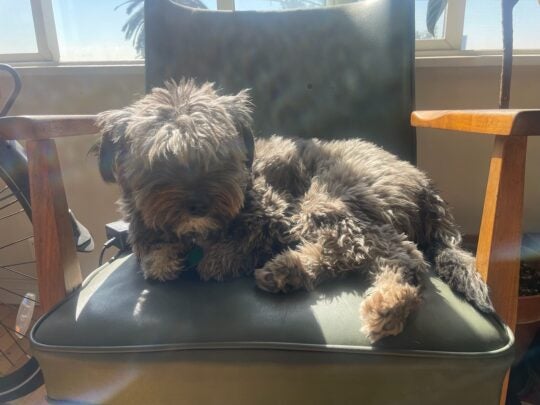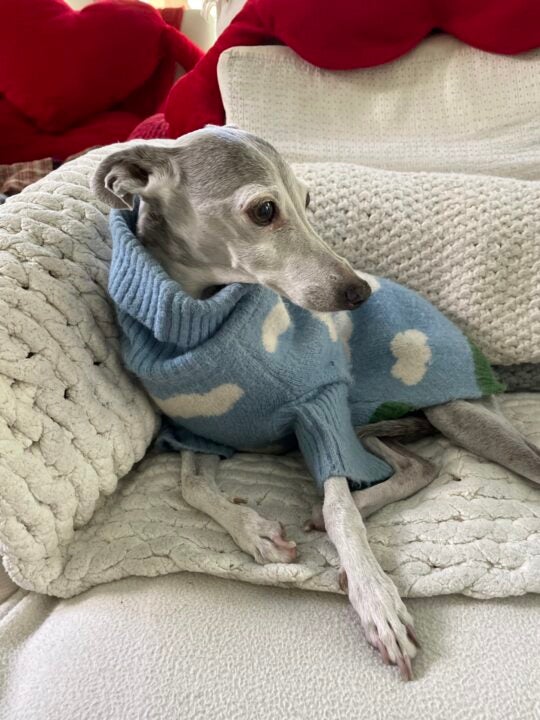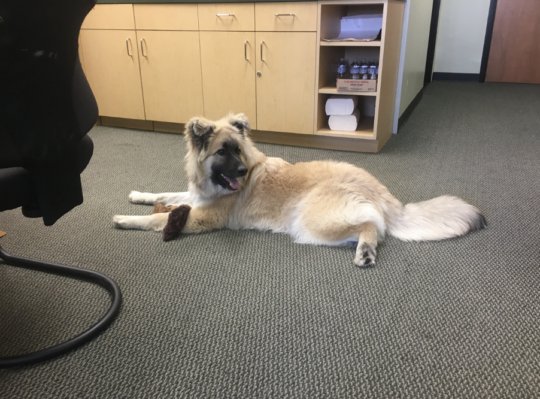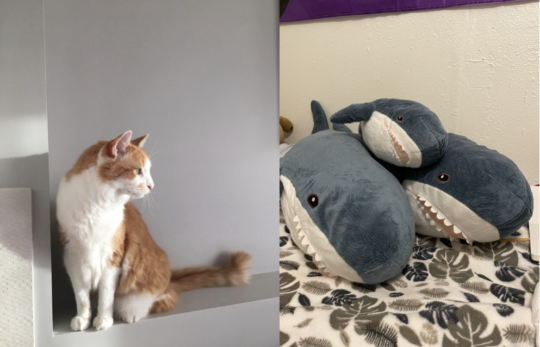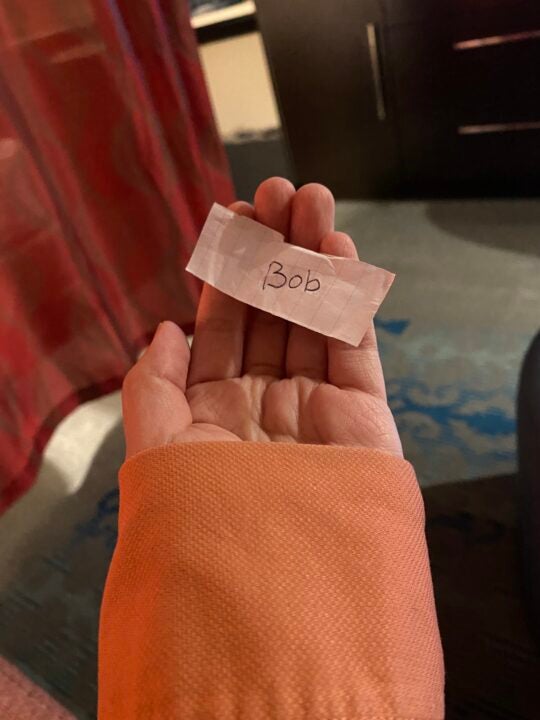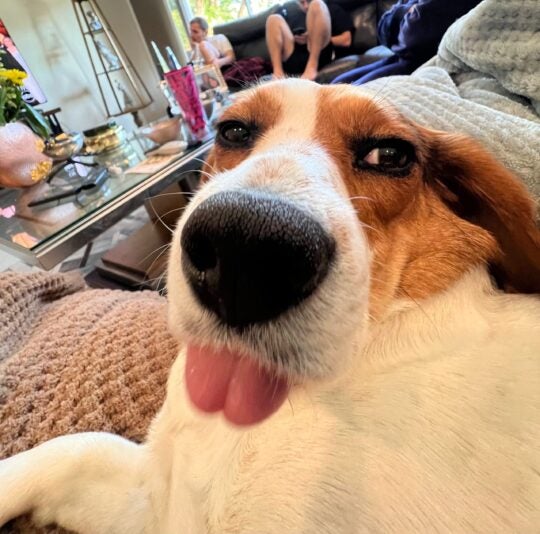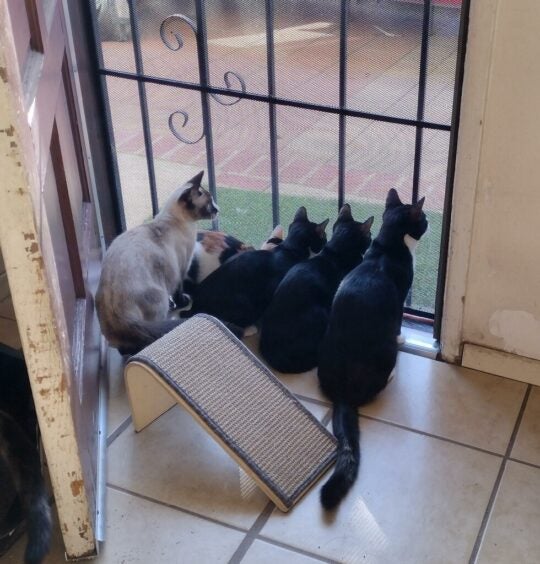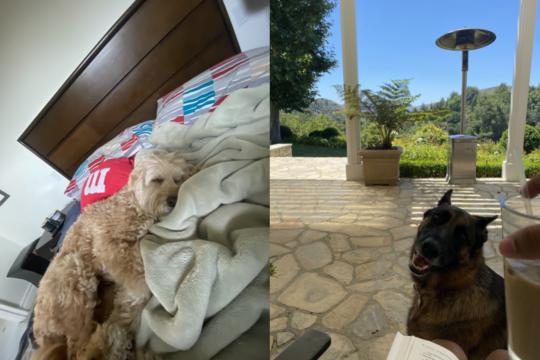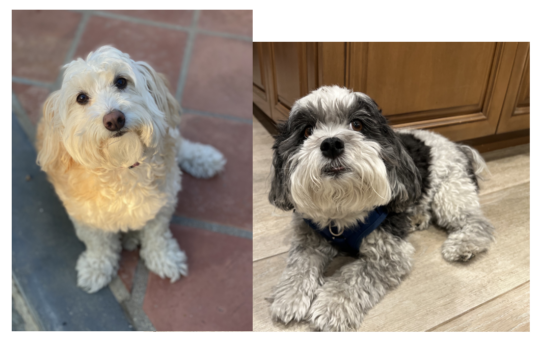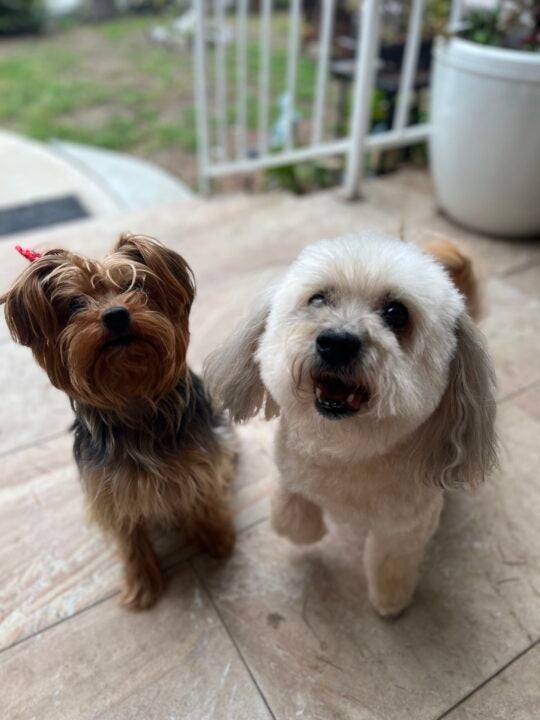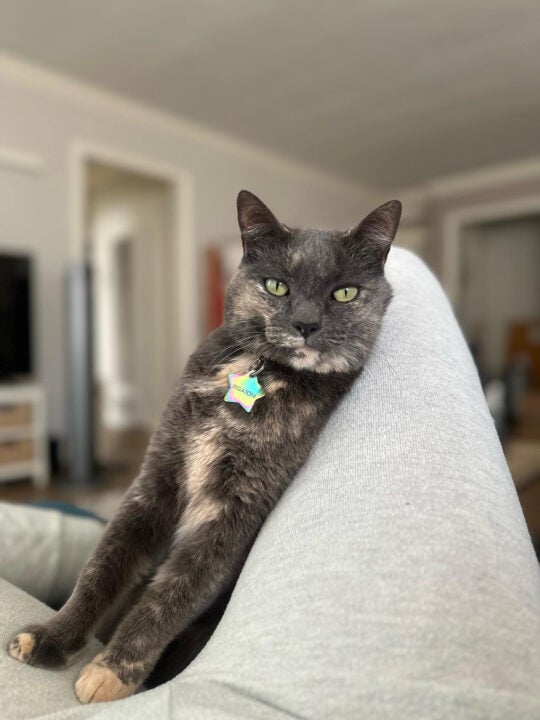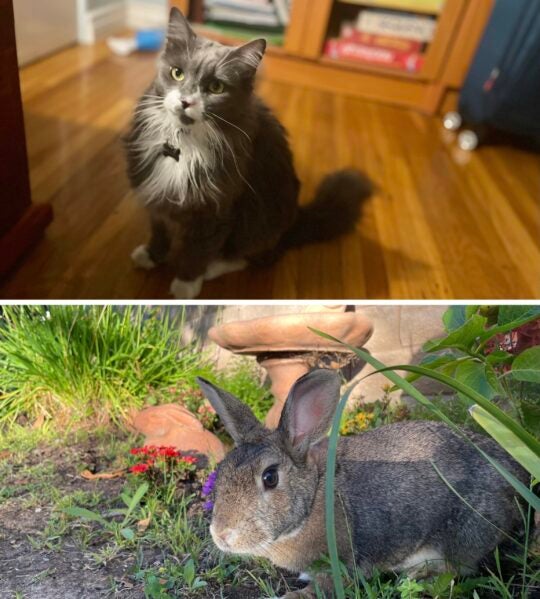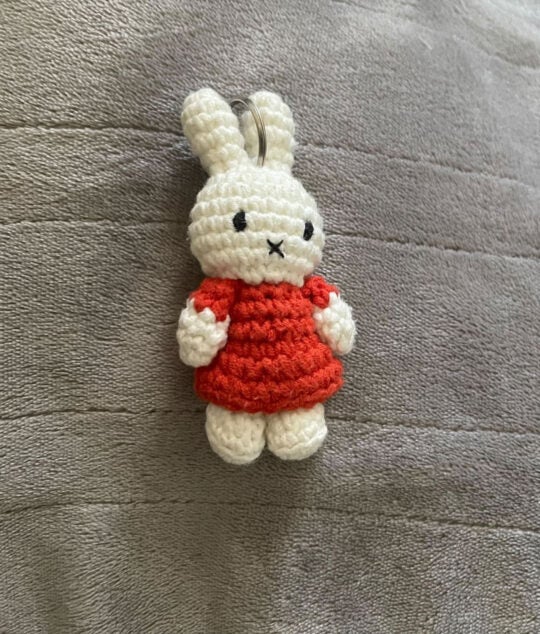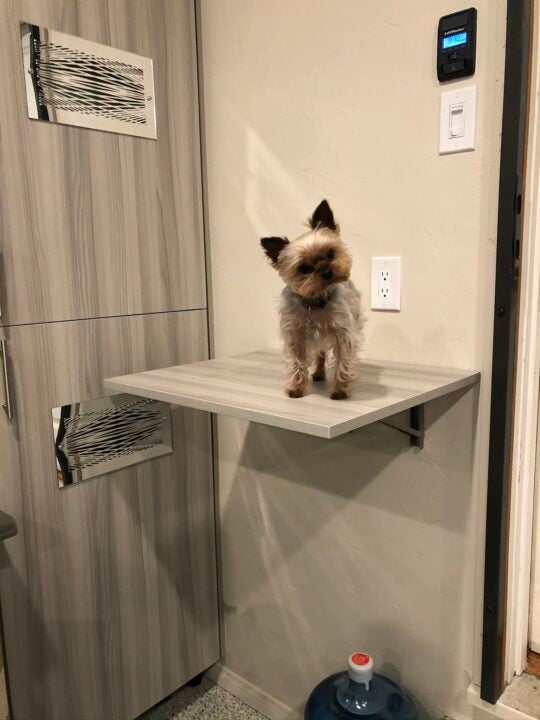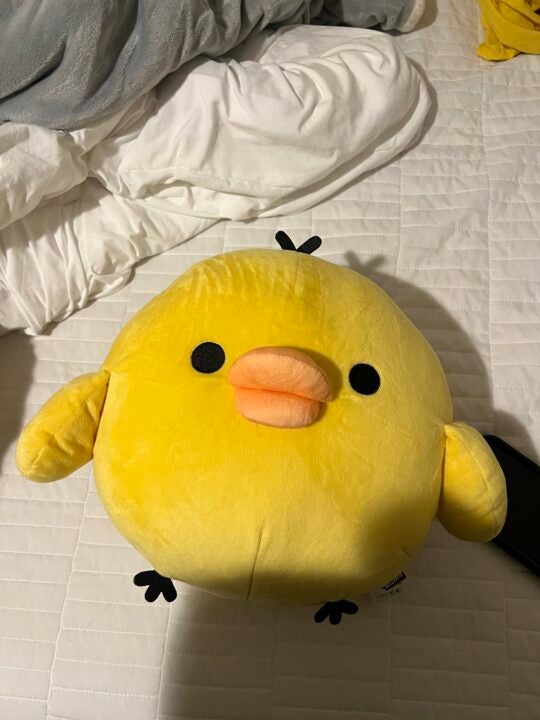Graduate and Postdoctoral Students
Dr. Luczak is currently not taking a graduate student in the clinical sciences program. Please visit the webpages of current graduate students to learn more about the research they are conducting. Dr. Luczak is also involved in co-mentoring and being a member of dissertation and master’s committees for graduate students working with other faculty as their primary mentor, both inside and outside the psychology department.
Professor Luczak sometimes has positions for postdoctoral students in her laboratory, and those who are interested in learning more are encouraged to email Dr. Luczak directly (luczak@usc.edu). Dr. Luczak is a licensed psychologist so all post-doctoral research hours supervised by her count toward California licensing requirements. Dr. Luczak is also an NIH-funded PI so post-doctoral students in her lab may apply for the federal loan repayment program.
Opportunities for Undergraduate Laboratory Participation
There are a variety of ways undergraduate students participate in our laboratory, if you’re interested in our research we encourage you to fill out our lab member application.
The lab is currently not taking any students.
We seek to include laboratory members who are highly motivated, organized, and dependable students who have a GPA of 3.2 or above, and may or may not be psychology majors, and preferably have some training in research methods and use of statistical research packages. On our current research projects, lab work entails working with research participants, data entry, website and app development, literature reviews, data analysis, poster presentations, and abstract and paper writing. Typically, new students spend some time volunteering for a semester or two, after which many are selected to go on to complete directed research projects for class credit, apply for internal research funding, or participate in the honors program. Students are supervised by laboratory staff and Professor Luczak on individual and team projects, with laboratory meetings that include project updates, article reviews and student presentations, and career development.
-
Volunteers commit a predetermined number of hours each week to working in the lab with us (typically 8-10 hours). Undergraduates usually begin their research experience in the laboratory as student volunteers and then work their way up into a variety of courses, funded awards, and other options.
-
Directed Research (290x) allows students to develop specific research skills, knowledge in the area under investigation, and a clearer sense of long-term interests under the supervision of a faculty member. Students may enroll in 2 or 4 credits in one semester, and must complete a 4-6 page reflective paper at the end of the term.
-
Directed Research (490x) is student-proposed, faculty supervised research that can be used to earn from 2 to 8 units of elective credit. Students must conduct research under a professor, and must present their work (such as a paper, formal publication, demonstration/performance).
-
The SURF is an opportunity for USC Dornsife students to pursue research in conjunction with Dornsife faculty members, either on or off campus, during the summer semester. It allows all students to be mentored one-on-one by USC faculty, introduces students early in their academic careers to the process of serious scholarly inquiry and fosters valuable relationships between students and faculty. Students working with faculty members in the Natural or Social Sciences should apply to the SURF.
-
The SOAR program provides funding to Dornsife undergraduates for participation as a research assistant in a faculty member’s project during the fall and spring semesters of the academic year. The purpose of SOAR is to connect students with faculty members and their research. Students who take Professor Luczak’s PSYC 499 Julymester course may also apply for SOAR funding for the spring semester.
-
The goal of the URAP program is to provide resources that enable faculty to integrate undergraduates into their scholarly and professional activities. Proposals may be submitted by individual faculty members or by groups. The standard stipend for an academic semester is $1,500, assuming an average of eight to ten hours of student research per week.
-
The Office of the Provost will provide a limited number of undergrad research fellowships for undergraduate research each academic year in the fall, spring and summer terms. Each undergraduate student funded by the program will receive a stipend in the amount of $1000 to support research in any academic field for a period of not less than ten weeks at 10 hours per week during the awarded term
-
The goal of the WiSE program is to provide upper level undergraduate students with first-hand experience in laboratory based research, and to thereby encourage promising students to pursue graduate studies in the sciences and/or engineering. Upperclassmen who have an established working relationship with a faculty mentor submit a research project proposal. If awarded, WiSE Researchers commit to participating in WiSE programming efforts throughout the academic year and receive a substantial grant to conduct research. For most students, this research will be conducted during the summer months.
* as part of our collaboration with math professors Rosen, Wang, and Goldstein on our real-time and biosensor research program
Luczak Lab Undergraduate Research Assistant Application
If you are interested in our research we encourage you to fill out our lab member application. Please keep in mind we seek to include lab members who are highly motivated, organized, and dependable students who have a GPA of 3.2 or above, and may or may not be psychology majors, and preferably have some training in research methods and use of statistical research packages.
The lab is currently not taking any students.

Selected Research Papers/Posters (student/trainee denoted with *)
-
Paxon, M.*, Saldich, E. B.*, Walden, K.-R.*, Wang, C., & Luczak, S. E. (2023, April). Estimating breath alcohol concentration from transdermal alcohol: Variations by body fat percentage in women and men. Poster session at the 2023 USC Undergraduate SCymposium, Los Angeles, California.
Saldich, E. B.*, Monterosso, J. R., Lai, M. H. C., & Luczak, S. E. (2023). Relationships between binge drinking and alcohol expectancies by ALDH2*2 in Asian American college students. Alcoholism: Clinical and Experimental Research, 47(Suppl. 1), 314A.
Walden, K.-R.*, Wong, G.*, Saldich, E. B.*, Rosen, I. G., Wang, C., & Luczak, S. E. (2023). Exploring participant feedback on using a smartphone web-app to monitor alcohol use in the laboratory and field. Alcoholism: Clinical and Experimental Research, 47(Suppl. 1), 249A.
Wang, J. G.*, Saldich, E. B.*, Walden, K.-R.*, Wong, G. Y.*, & Luczak, S. E. (2023, April). Binge drinking in Asian American college students: Associations with behavioral inhibition and approach systems. Poster session at the 2023 USC UndergraduateSCymposium, Los Angeles, California.
Wong, G. Y.*, Saldich, E. B. *, Walden, K. -R.*, Wang, C., Rosen, I. G., & Luczak, S. E. (2023). A laboratory protocol for obtaining transdermal and breath alcohol biosensor data: next steps toward collecting data in the field. Alcoholism: Clinical and Experimental Research, 47(Suppl. 1), 249A.
Walden, K.-R.*, Saldich, E. B.*, Rosen, I. G., Wang, C., & Luczak, S. E. (2022). Examining the role of body composition in the breath alcohol concentration (BrAC) and transdermal alcohol concentration (TAC) relationship.Alcoholism: Clinical and Experimental Research, 46, (Suppl. 1), 289A.
Saldich, E. B.*, Asifriyaz, T.*, Wang, C., Rosen, I. G., Bartroff, J., Goldstein, L., & Luczak, S. E. (2022). The effect of biological sex on the breath alcohol concentration-transdermal alcohol concentration (BrAC-TAC) relationship. Alcoholism: Clinical and Experimental Research, 46, (Suppl. 1), 205A.
Asifriyaz, T.*, Saldich, E. B.*, Wang, C., Rosen, I. G., & Luczak, S. E. (2021, April). The relationship between breath alcohol concentration (BrAC) and transdermal alcohol concentration (TAC) measurements across females and males. Social Sciences I poster session at the 2021 USC Undergraduate SCymposium, SS-I-20, online presentation.
Bao, Y.*, Lyu, T.*, Walden, K.-R.*, Penichet, E. N.*, Saldich, E. B.*, Rosen, I. G., Wang, C., & Luczak, S. E. (2021, April).Designing a mobile real-time alcohol consumption web application for use in the lab and field. Social Sciences II poster session at the 2021 USC Undergraduate SCymposium, SS-II-12, online presentation.
Saldich, E. B.*, Wang, C., Rosen, I. G., Bartroff, J., & Luczak, S. E. (2021). Effects of stomach content on model-estimated breath alcohol concentration (eBrAC) from transdermal alcohol concentration (TAC). Alcoholism: Clinical and Experimental Research, 45, (Suppl. 1), 168A.
Walden, K.-R.*, Oomur, S., Saldich, E. B.*, Mahoomed, T., & Luczak, S. E. (2021). Internalizing behavior and inhibition/activation sensitivity in Mauritian youth with and without parental history of drinking problems. Alcoholism: Clinical and Experimental Research, 45, (Suppl. 1), 105A.
Yao, M.*, Luczak, S. E., & Rosen, I. G. (2021). Development of a real-time output feedback controller for alcohol clamping experiments based on a population model for the transdermal transport of alcohol. Alcoholism: Clinical and Experimental Research, 45, (Suppl. 1), 200A.
Walden, K.-R.*, Oomur, S., Saldich, E. B.*, Mahoomed, T., & Luczak, S. E. (2021, March). Risk-taking propensity and internalizing behavior problems in Mauritian youth with and without parental history of drinking problems. Poster session at the Collaborative Perspectives on Addiction meeting of the American Psychological Association Society of Addiction Psychology (Division 50), online presentation.
Saldich, E. B.*, Wang, C., Rosen, I. G., Goldstein, L., Bartroff, J., Swift, R. M., & Luczak, S. E. (2020). Obtaining high-resolution multi-biosensor data for modeling transdermal alcohol concentration data. Alcoholism: Clinical and Experimental Research, 44, (Suppl. 1).
Wong, G.*, Walden, K.-R.*, Bao, Y.*, Saldich, E. B.*, Rosen, I. G., Wang, C., & Luczak, S. E. (2020, April). Designing a real-time alcohol consumption smartphone application for use in the laboratory and field. Poster session at the Collaborative Perspectives on Addiction meeting of the American Psychological Association Society of Addiction Psychology (Division 50), San Diego, California (presented online).
Saldich, E. B.*, Wang, C., Rosen, I. G., & Luczak, S. E. (2019, April). Establishing a laboratory protocol for transdermal alcohol biosensor research. Poster session at the Collaborative Perspectives on Addiction meeting of the American Psychological Association Society of Addiction Psychology (Division 50), San Diego, California (presented online).
Wong, G.*, Rosen, I. G., & Luczak, S. E. (2019, April). A review of smartphone apps for calculating and monitoring alcohol concentration levels. Poster session at the Collaborative Perspectives on Addiction meeting of the American Psychological Association Society of Addiction Psychology (Division 50), Providence, Rhode Island.
Schwartz, A.*, Farver, J. L., Raine, A., Venables, P. H., & Luczak, S. E. (2016). Religious, cultural, and alcohol-specific risk and protective factors for early onset drinking in a non-Western sample. Alcoholism: Clinical and Experimental Research, 40, (Suppl. 6), 109A.
Hawkins, A. L.*, Luczak, S. E., Wichmann, R., Wang, C., & Rosen, I. G. (2016). A hybrid transdermal alcohol sensor monitoring/processing system: Integrating the SCRAM sensor, Intellidrink iPhone app, and BrAC Estimator software. Alcoholism: Clinical and Experimental Research, 40, (Suppl. 6), 131A.
Dai, Z.*, Luczak, S. E., & Rosen, I. G. (2015). Calibrating non-linear models that estimate breath alcohol concentration from transdermal alcohol sensor data using drinking diary data. Alcoholism: Clinical and Experimental Research, 39, (Suppl. 6), 19A.
Bradshaw, K. K.*, Sargeant, M. N.*, Yarnell, L. M.*, Raine, A., Venables, P. H., Mednick, S. A., & Luczak, S. E. (2014). GABRA2 associations with conduct problems in childhood and alcohol problems by mid-adulthood in a non-Western sample. Alcoholism: Clinical and Experimental Research, 38, (Suppl. 6), 148A.
Weiss, J.*, Rosen, I. G., Wall, T. L., & Luczak, S. E. (2014). Creating an automated drinking episode identifier
software program utilizing transdermal alcohol sensor data from real-time drinking episodes. Alcoholism: Clinical and Experimental Research, 38, (Suppl. 6), 71A.
Honorary Members of the Luczak Lab
The current/past pets (RAs) of Luczak Lab!
Ernie
Emily Saldich.
Mario Kart Character: Donkey Kong.
Ernie.
Likes to eat leaves and dirt.
“Damn right I’m a maniac” – Break Stuff by Limp Bizkit.

Este
Georgia Wong.
Mario Kart Character: Toad.
Este.
Has a closet of clothes, she fancy.
“I-T-G-I-R-L
You know that I’m that girl” – IT GIRL by Aliyah’s Interlude.
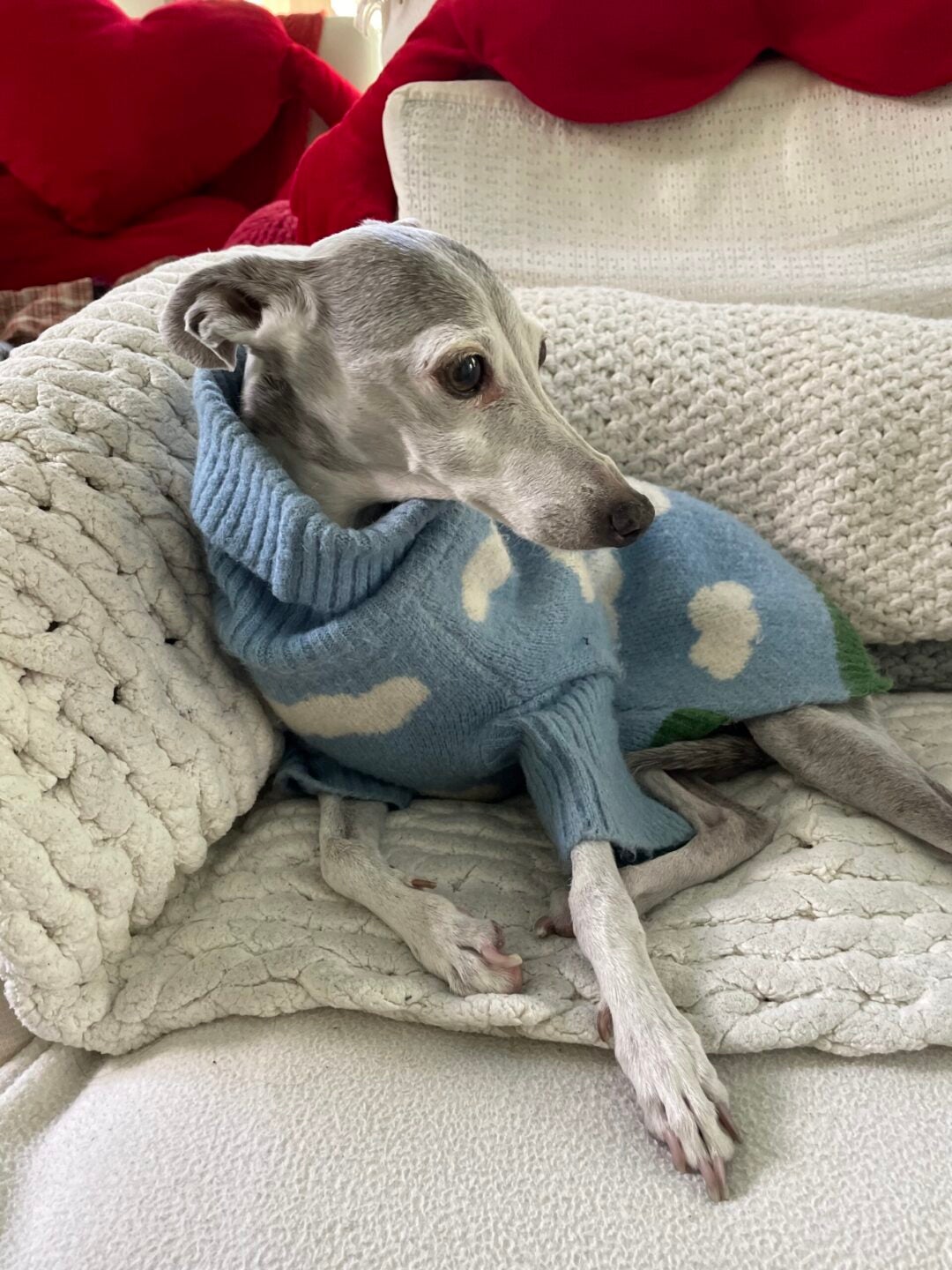
Daisy
Daisy.
First lab dog. We watched her grow from a small puppy to a large dog.
“California girls
We’re unforgettable
Daisy dukes
Bikinis on top” – California Gurls by Katy Perry.
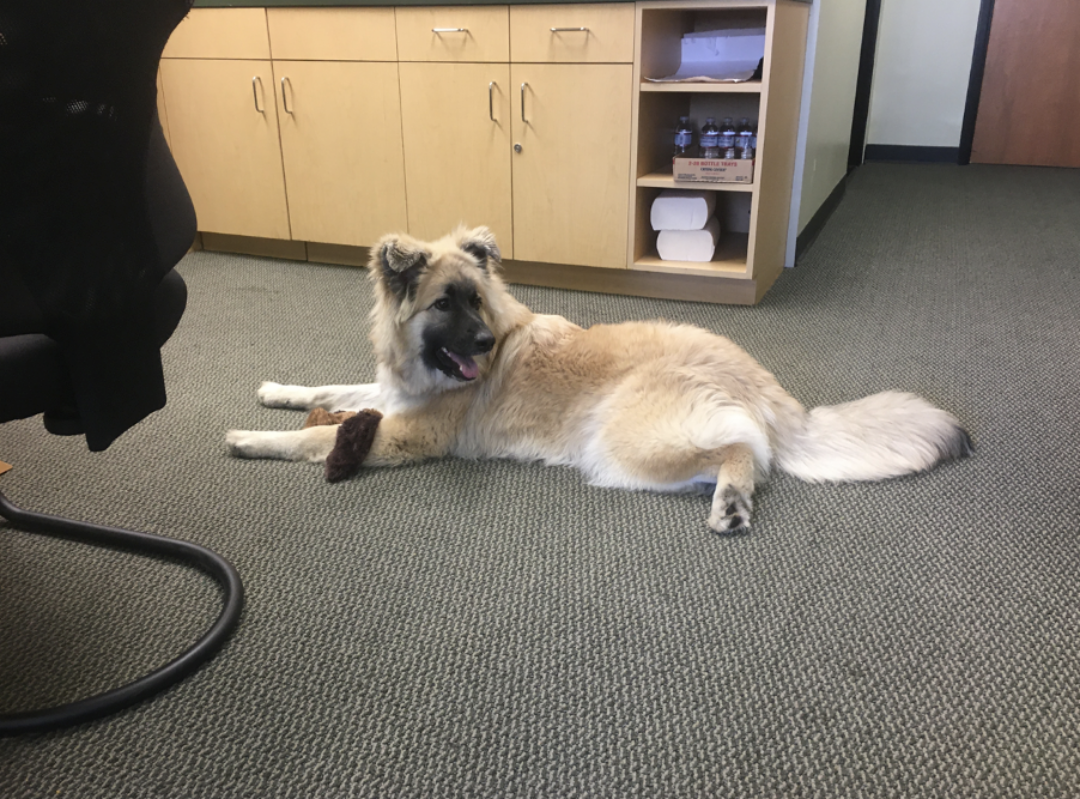
Bagel and Luna
Anita Kapila-Ramirez.
Mario Kart Character: Yoshi.
Luna (cat).
Reincarnation of an ancient Egyptian house cat. Makes you work for it.
“I, I live among the creatures of the night” – Self Control by Laura Branigan (specifically with accompanying music video).
Bagel (dog).
Aggressive lover.
“It’s gonna take a lot to drag me away from you; There’s nothing that a hundred men or more could ever do” – Africa by Toto.
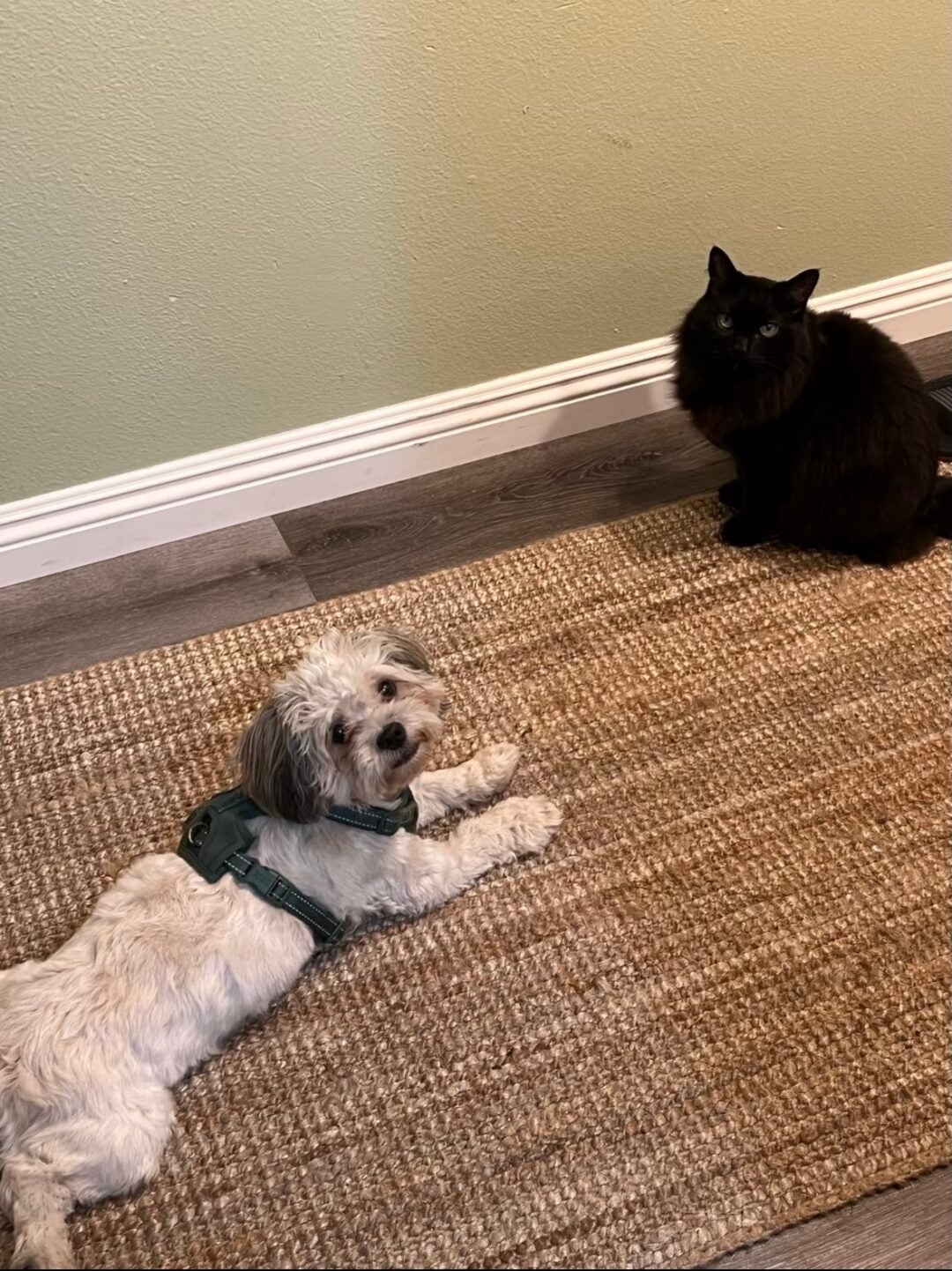
Nicks
Kyla-Rose Walden.
Mario Kart Character: Toad.
Nicks.
Has an anxious attachment style.
“WhErE aRe YoUuUuU” – I Miss You by Blink-182.
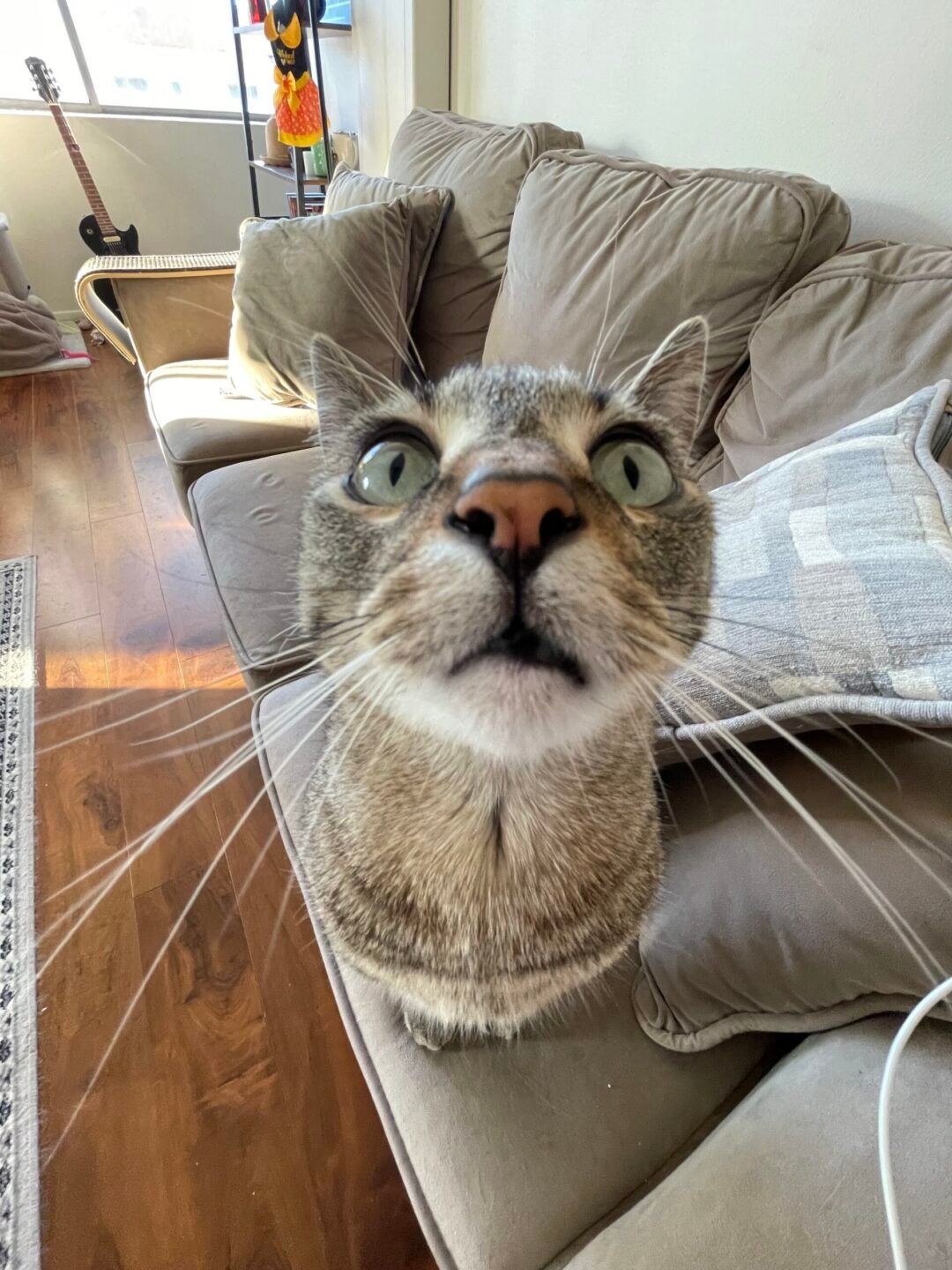
Marmalade
Sara Chen.
Mario Kart Character: Link.
Marmalade.
Nickname: Marm.
PhD. orange cat shenanigans.
“I’m a Barbie girl, in the Barbie world” – Barbie Girl by Aqua.
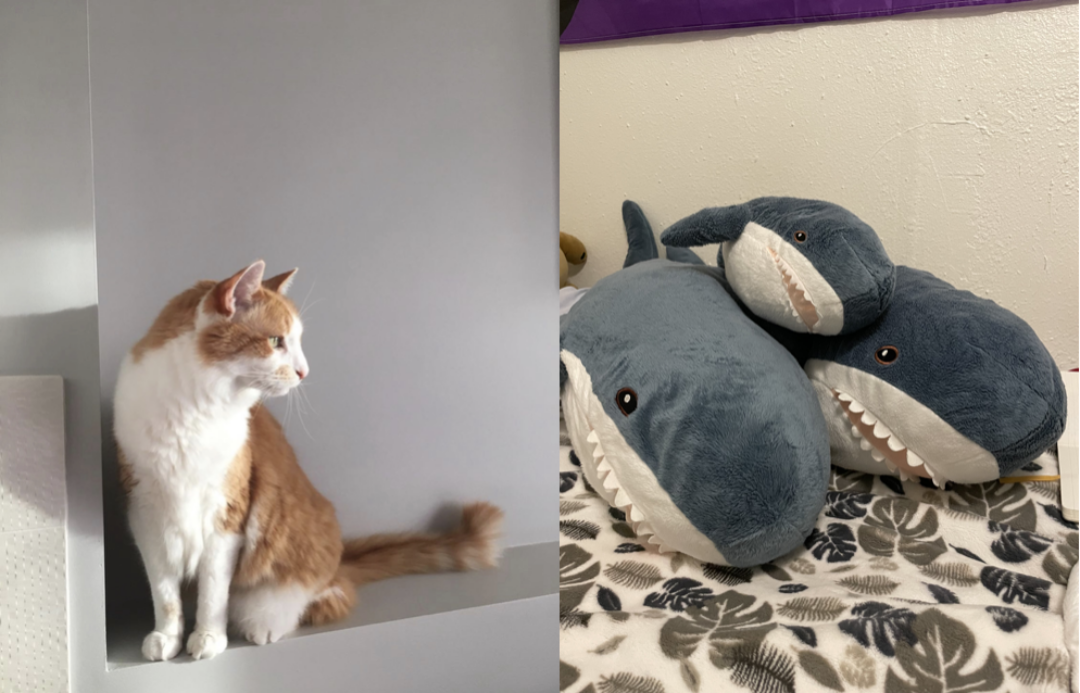
Bob
Michelle Paxon.
Mario Kart Character: Link.
Bob.
It is invisible.
“Yarrrr don’t mess with me while I’m jellyfishing” – Don’t Mess with Me (while I’m Jellyfishing) by Spongebob.
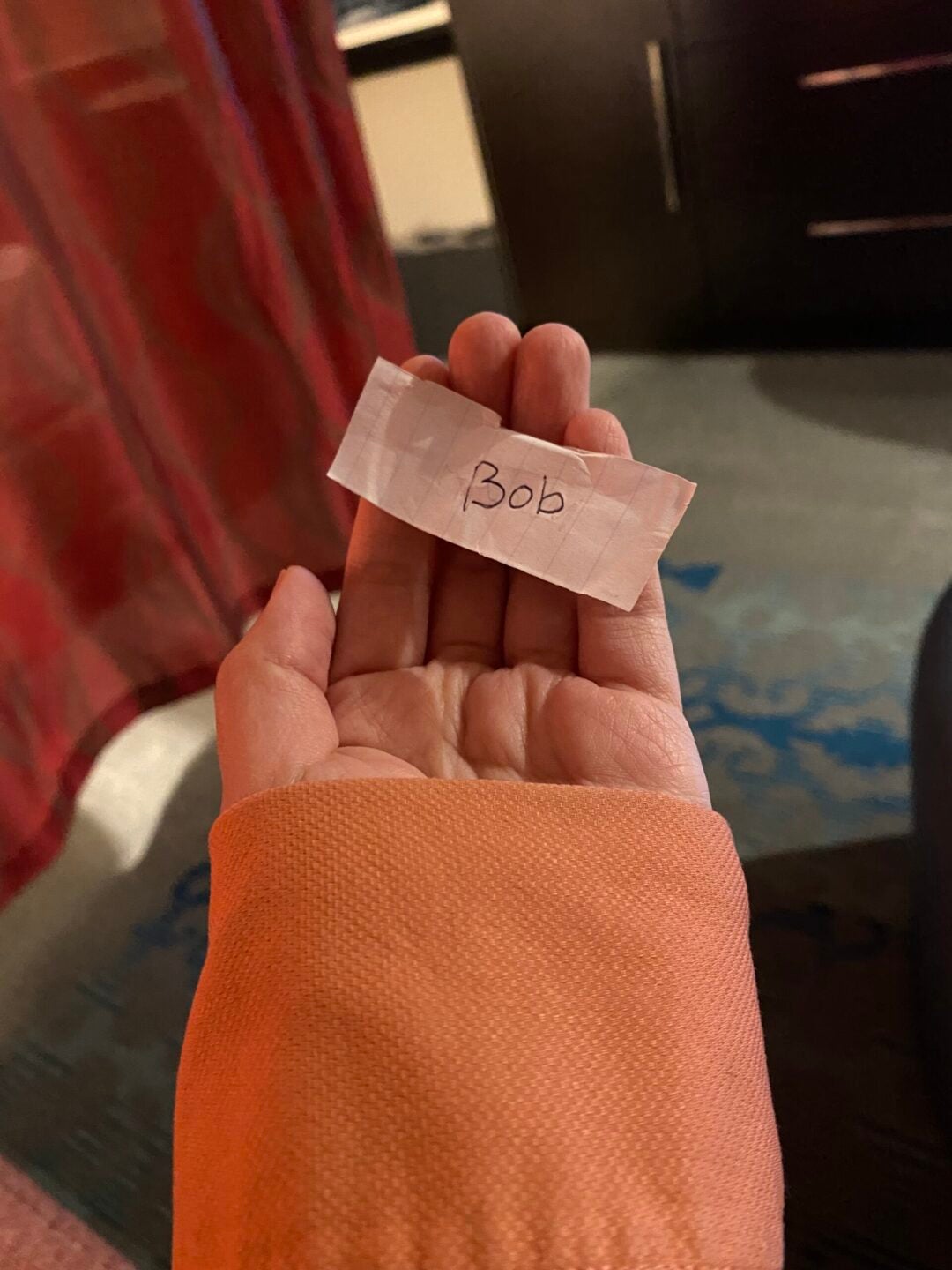
Qularity, Quoan, Quetzal, Flower
Maya Thamer-Nall.
Mario Kart Character: Luigi.
Qularity (light grey), Quoan (dark grey), Quetzal (green), and Flower (yellow).
Imagine a toddler that can fly and say your name in your parent’s voice.
“And we’re your backyard friends, the Backyardigans” – Backyardigans theme song.

Cat
Elizabeth Loynd.
Mario Kart Character: Yoshi.
Cat.
Likes to eat bread.
“Come on, vogue (vogue)
Let your body groove to the music (groove to the music)” – Vogue by Madonna.
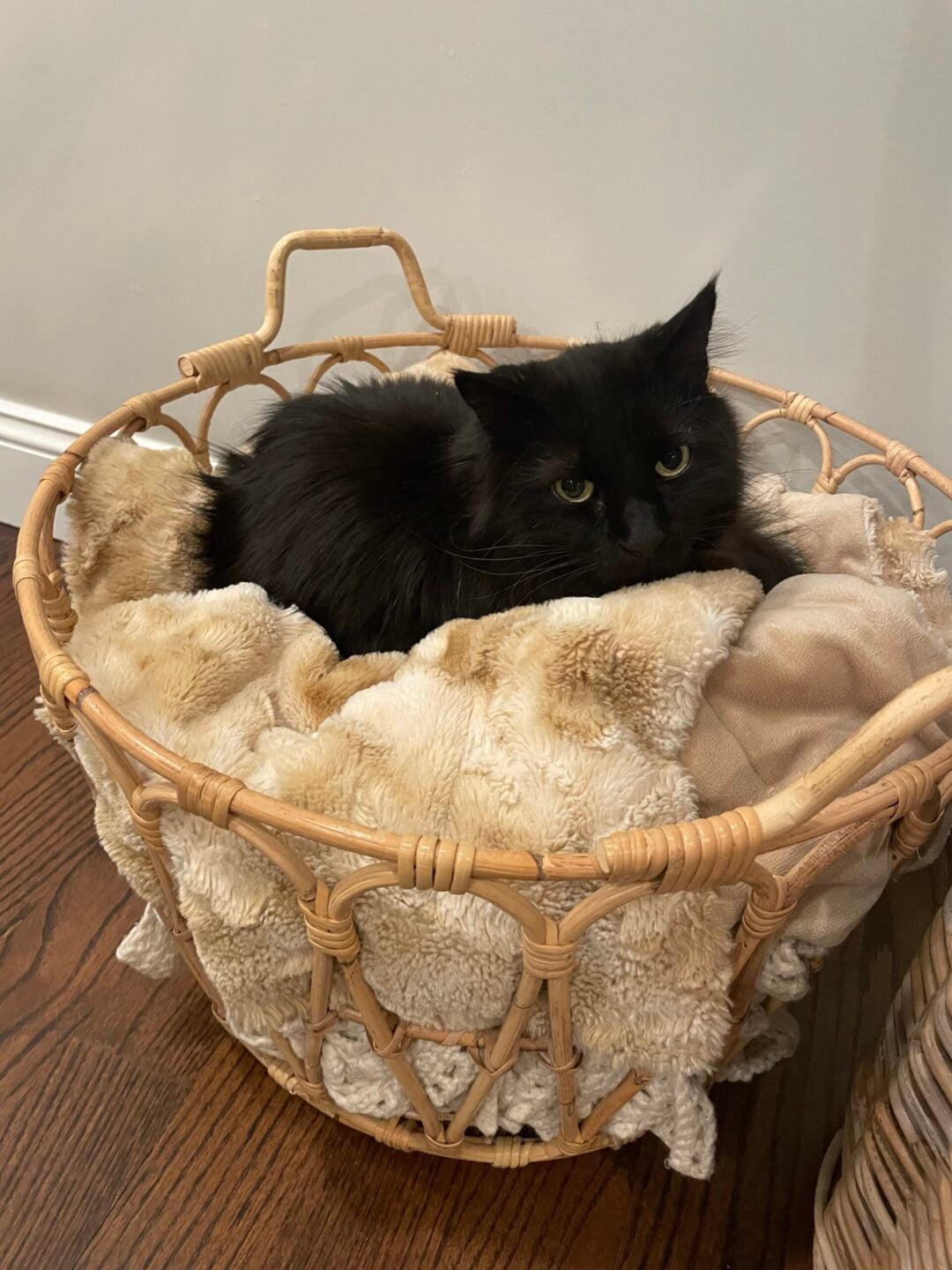
Daly
Sean Li.
Mario Kart Character: King Boo.
Daly.
Likes to eat water bottles.
Is there free breakfast here? by Hotel Ugly.
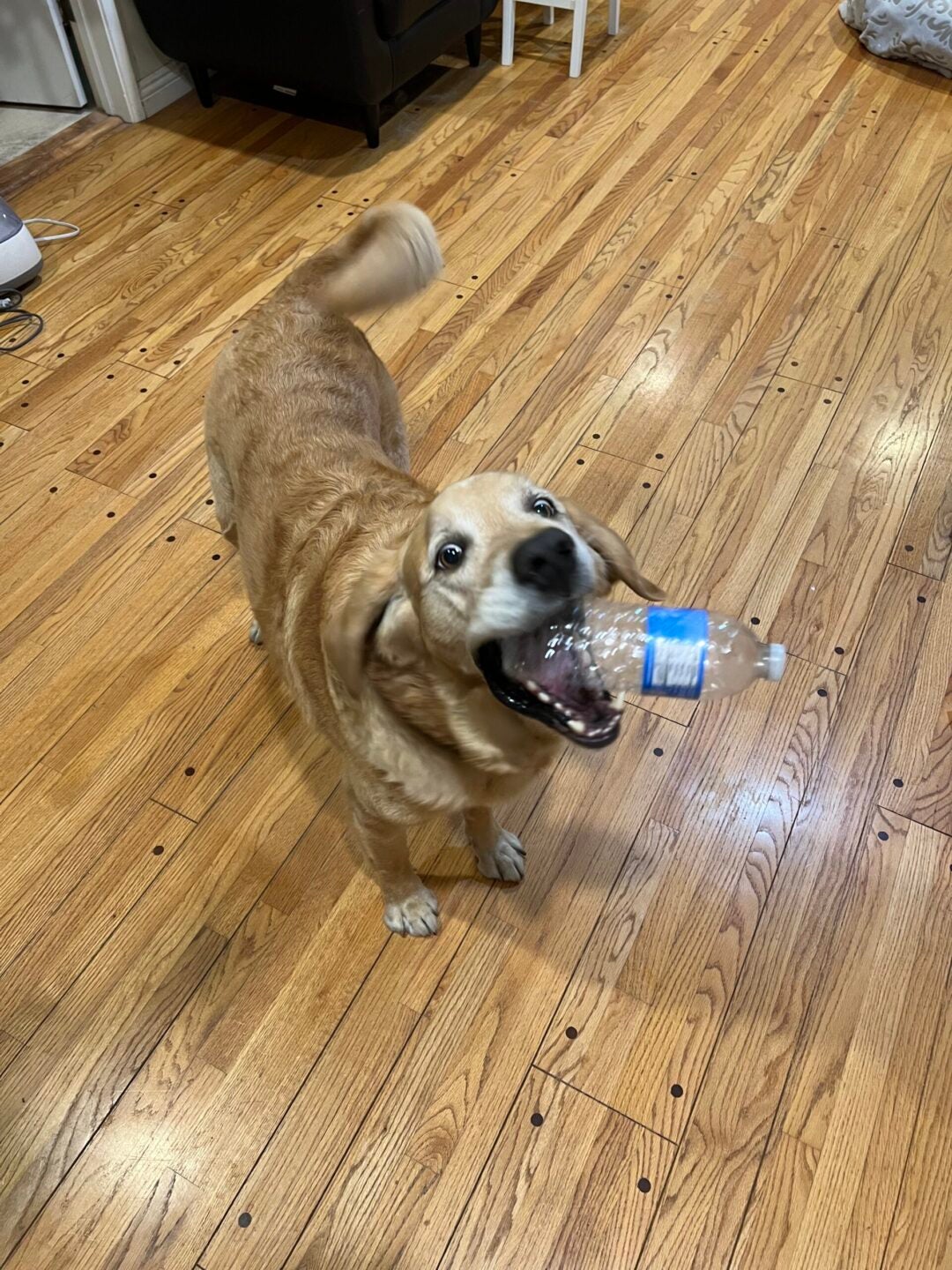
Sage
Alina Agopian.
Mario Kart Character: Yoshi.
Sage.
Likes to sleep and fart.
“I do this for my squad, I do this for my gang” – RGF Island by Fetty Wap.

Mocha, Sam, Blue, Canela, and Hunter
Maui Correa.
Mario Kart Character: Waluigi.
(left to right) Mocha, Sam, Blue, Canela, and Hunter.
I don’t think THEY even understand each other. There is a sixth cat.
“Ain’t no way, ain’t no — way (no)” – Mask Off by Future.

Aria and Nika
Anya Nanda.
Mario Kart Character: Princess Peach.
Aria.
Bougee home dog, loving, tranquil and luxurious.
Nika (German Shepard).
Boisterous and energetic, upfront about how much she loves you.
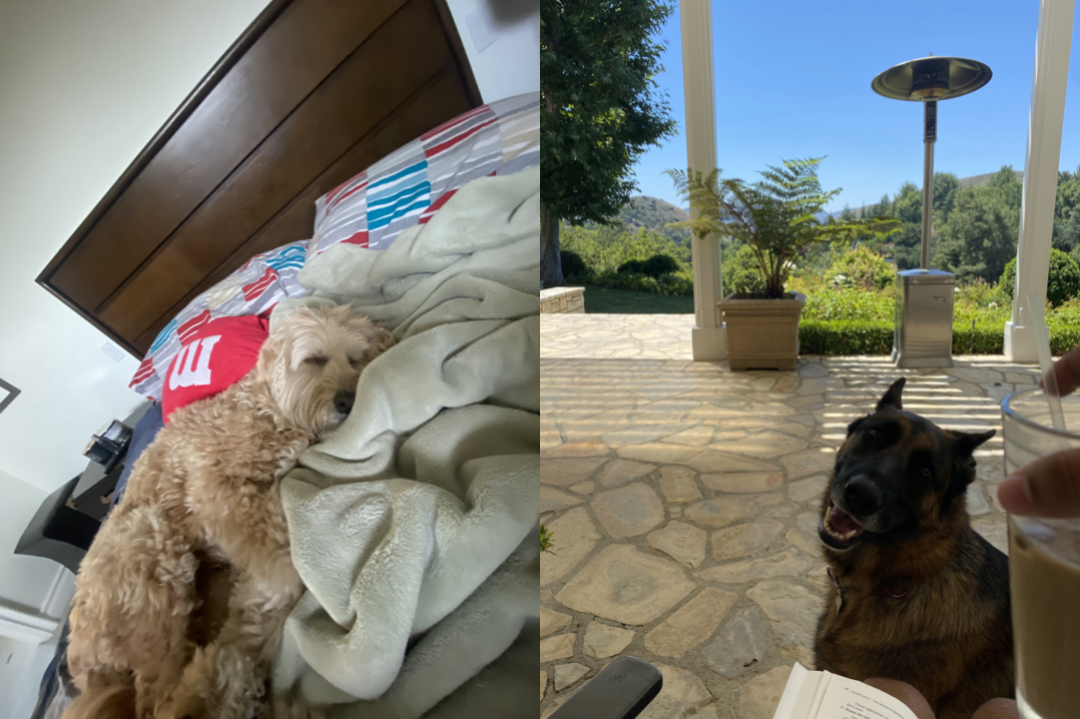
Milo and Benson
Alyssa Kam.
Mario Kart Character: Yoshi.
Milo (all white).
Loves to sunbathe.
“Don’t you stop loving me” – Love on the Brain by Rihanna.
Benson (black and white).
Always playing fetch with a stuffed unicorn or squirrel.
“On an island in the sun
We’ll be playing and having fun” – Island in the Sun by Weezer.

Abby and Coco
Breanna Vasquez.
Mario Kart Character: Baby Peach.
Abby (brown) and Coco (white).
One is a demon and one is an angel. Take a guess.
“You’ve got a friend in me” – You’ve Got a Friend in Me by Randy Newman.
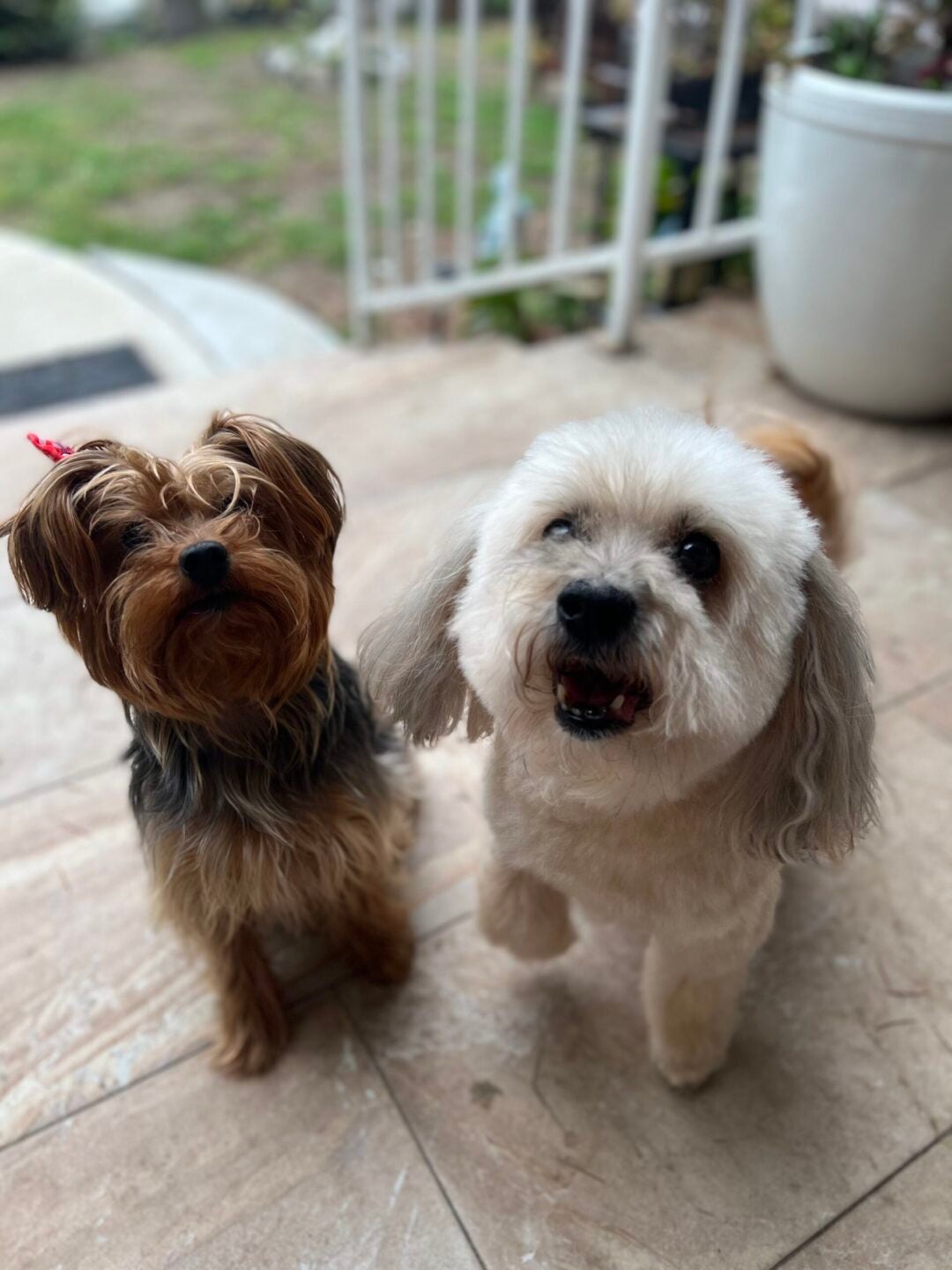
Rigatoni
Emma Ziegler.
Mario Kart Character: Luigi.
Rigatoni.
A sour patch kid.
“Sweet like honey, karma is a cat
Purring in my lap ’cause it loves me” – Karma by Taylor Swift.

Merlin and Kofi
Eric Penichet.
Mario Kart Character: Toad.
Merlin (cat).
Full of love, in harmony with the world around him.
“Now when the sun come up I’ll be there to say ‘What up’ in the morning” – Up Up & Away by Kid Cudi.
Kofi (rabbit).
Strong, independent, and vivacious rabbit.
“I make this planet feel like home” – Woods by Mac Miller.
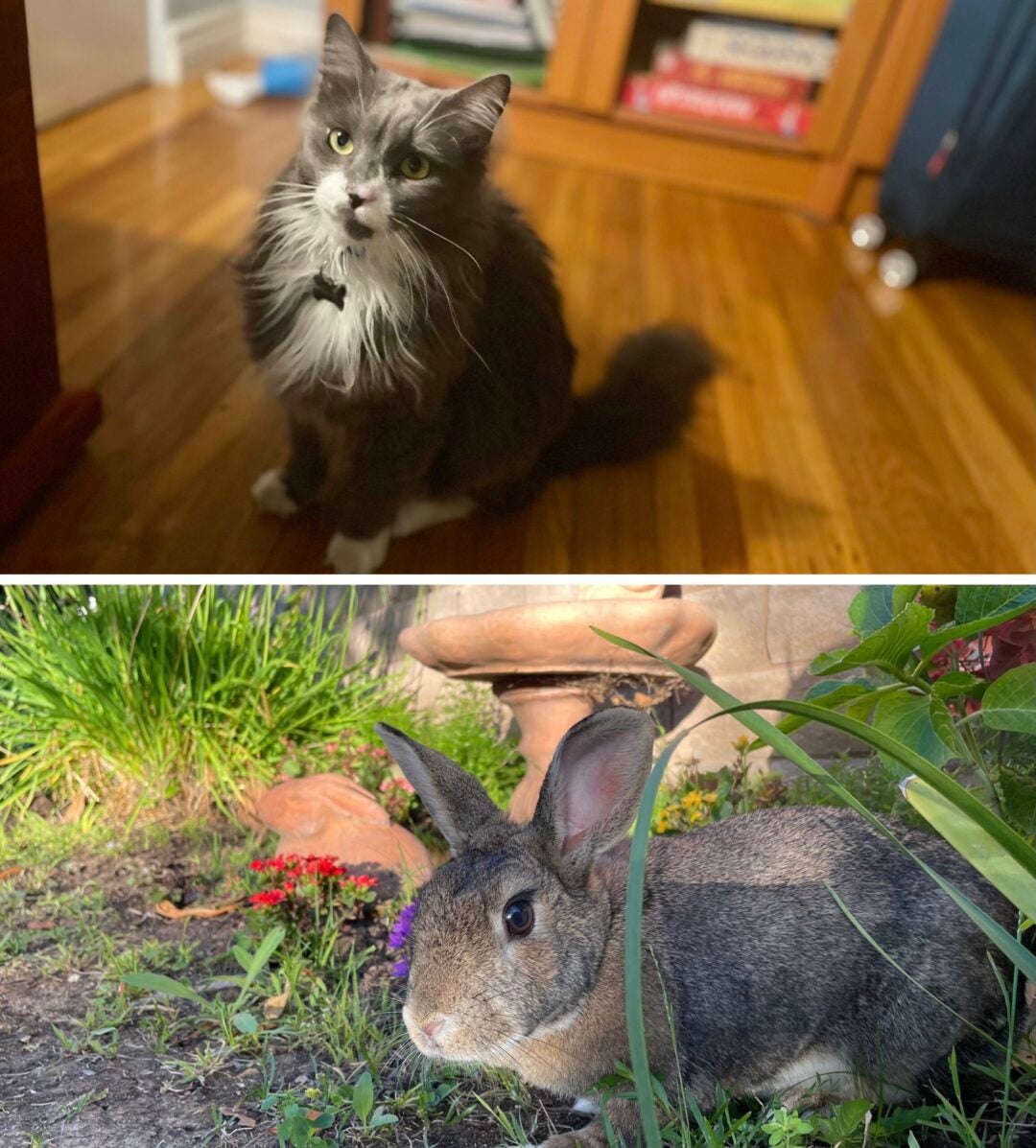
Dent
Tyler Chen.
Mario Kart Character: Link.
Dent.
Dedicated to his queen.
“Restless, walking ‘round restless.” – A Way Out by Andy Hull.
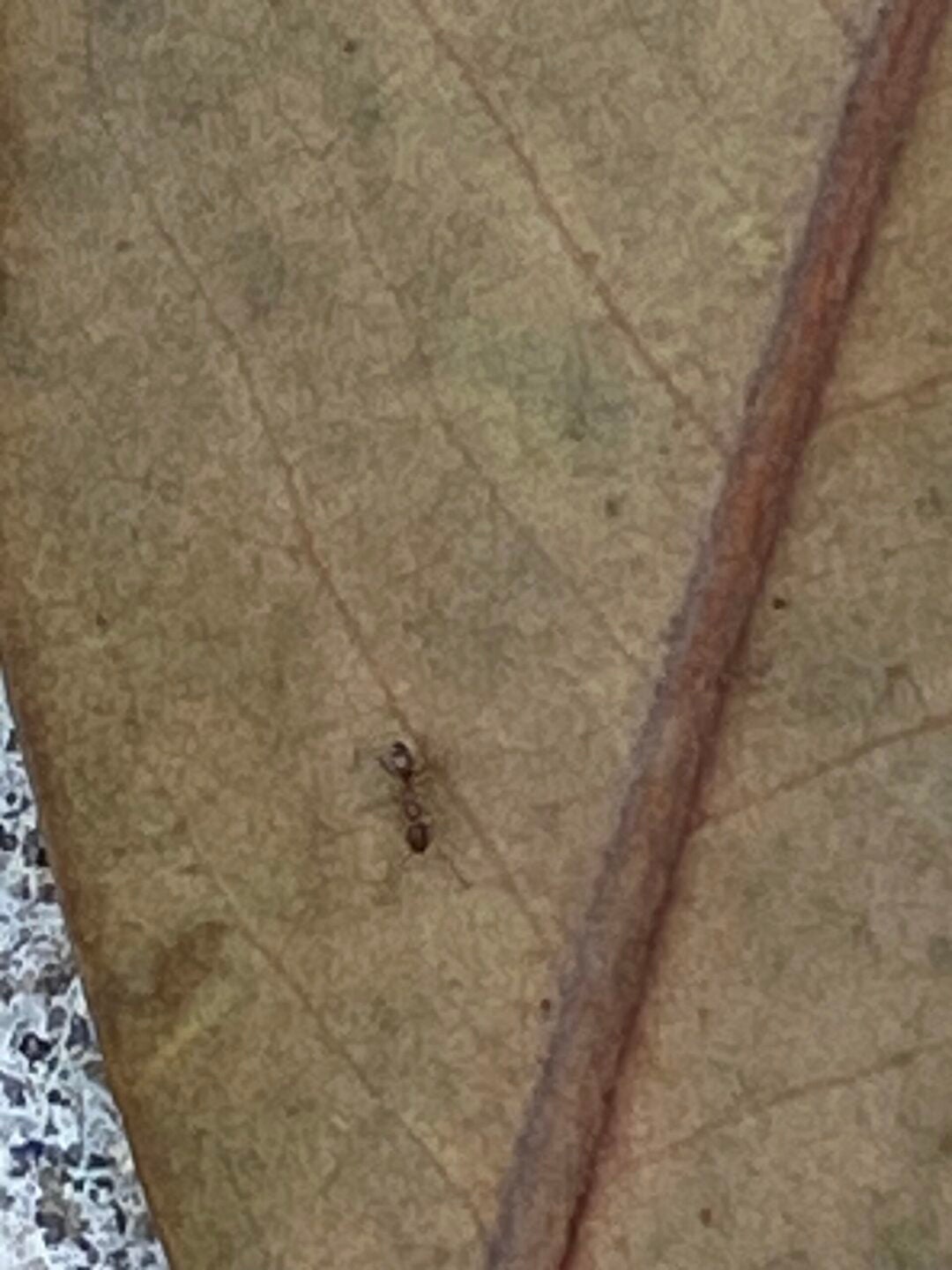
Miffy
Tuba Asifriyaz.
Mario Kart Character: Toadette.
Miffy.
Loves cake or anything sweet and her favorite color is red.
“You’re spinnin’ me around, my feet are off the ground” – Sunday by The Cranberries.
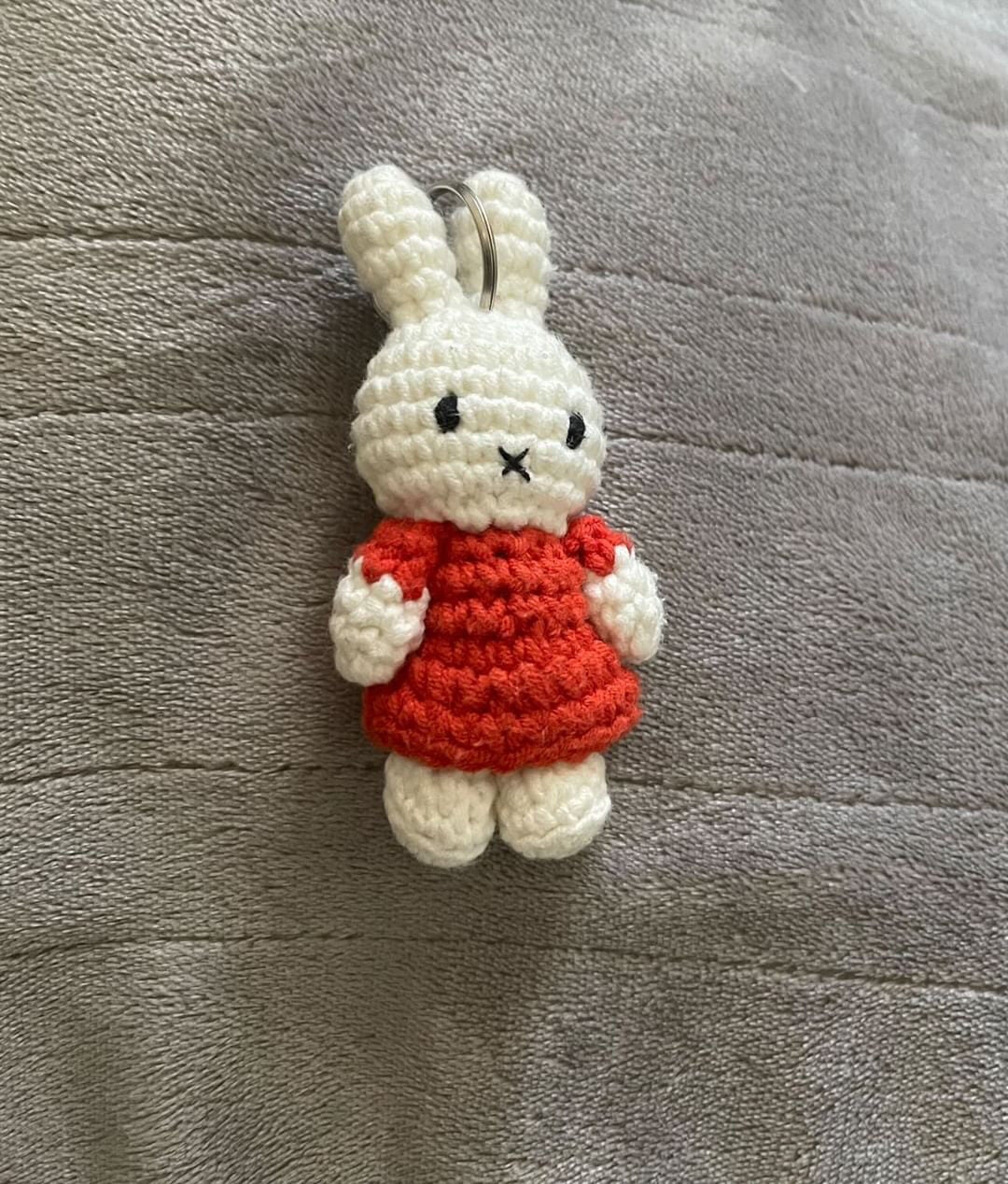
Jojo
Susan’s niece (pet).
Jojo.
A natural therapy dog, likes the ducks and geese a little too much.
“You belong among the wildflowers” – Wildflowers by Tom Petty.
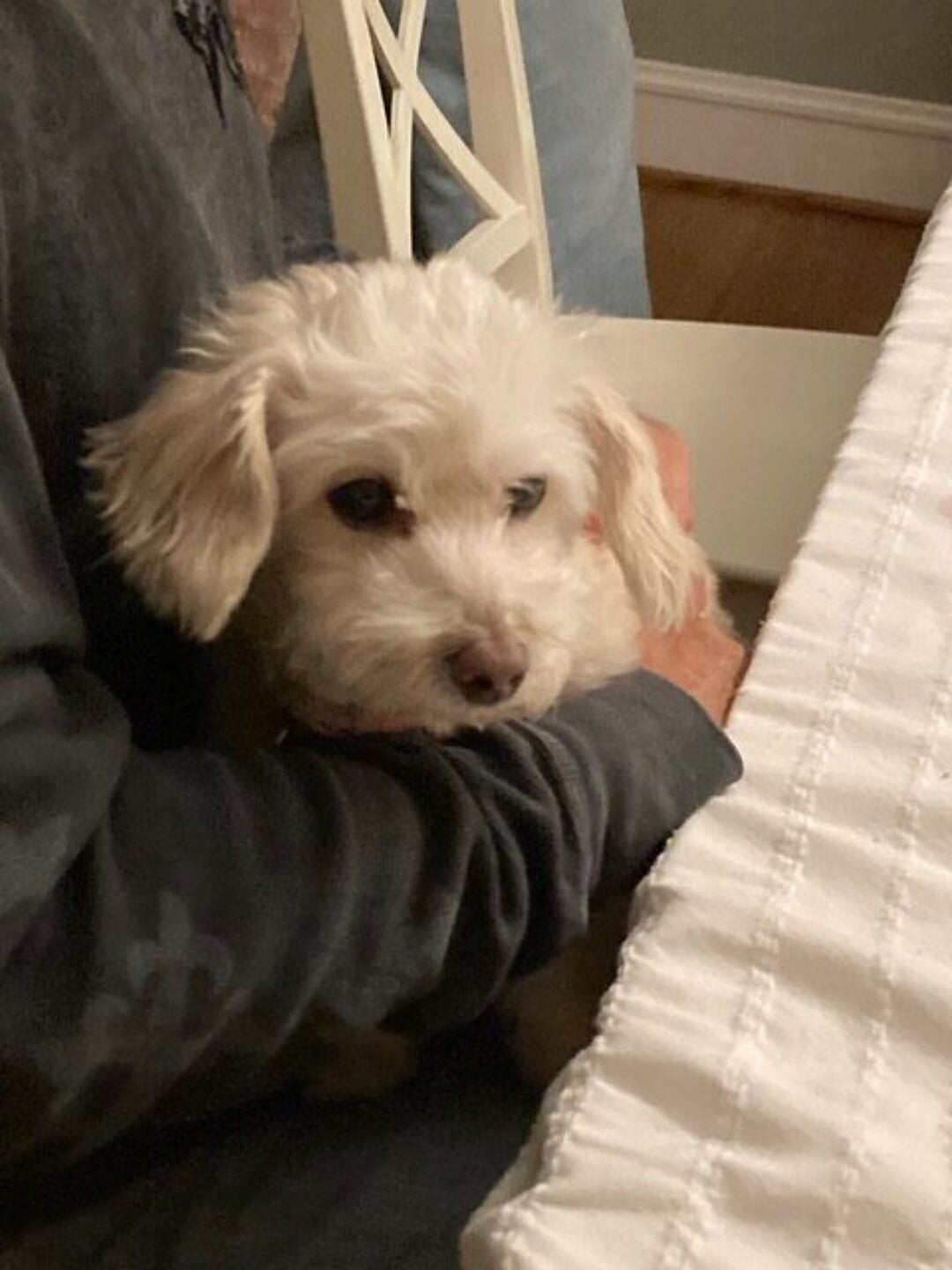
Maximillian Von Angeles the Third
Mia Leskovar.
Mario Kart Character: Yoshi.
Maximillian Von Angeles the Third.
Nickname: Max.
Life of the party.
“A love like ours could never die as long as I have you near me” – And I Love Her by The Beatles.
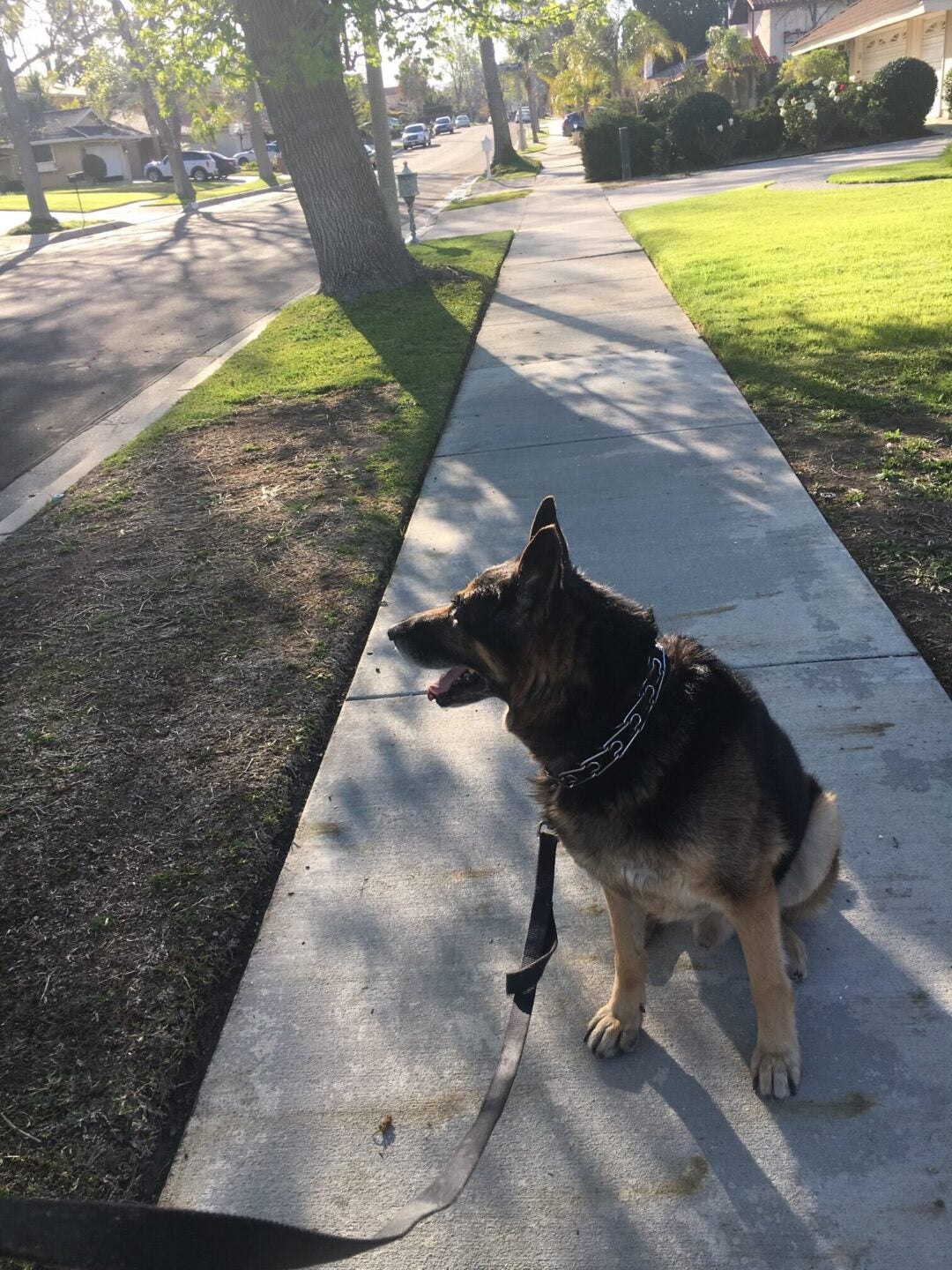
Bibble
Sydney Cooper.
Mario Kart Character: Yoshi.
Bibble.
A feisty cat princess whose hobbies include napping, sunbathing, and defrosting on top of the heater.
“I’m a good old fashioned lover boy” – Good Old-Fashioned Lover Boy by Queen.
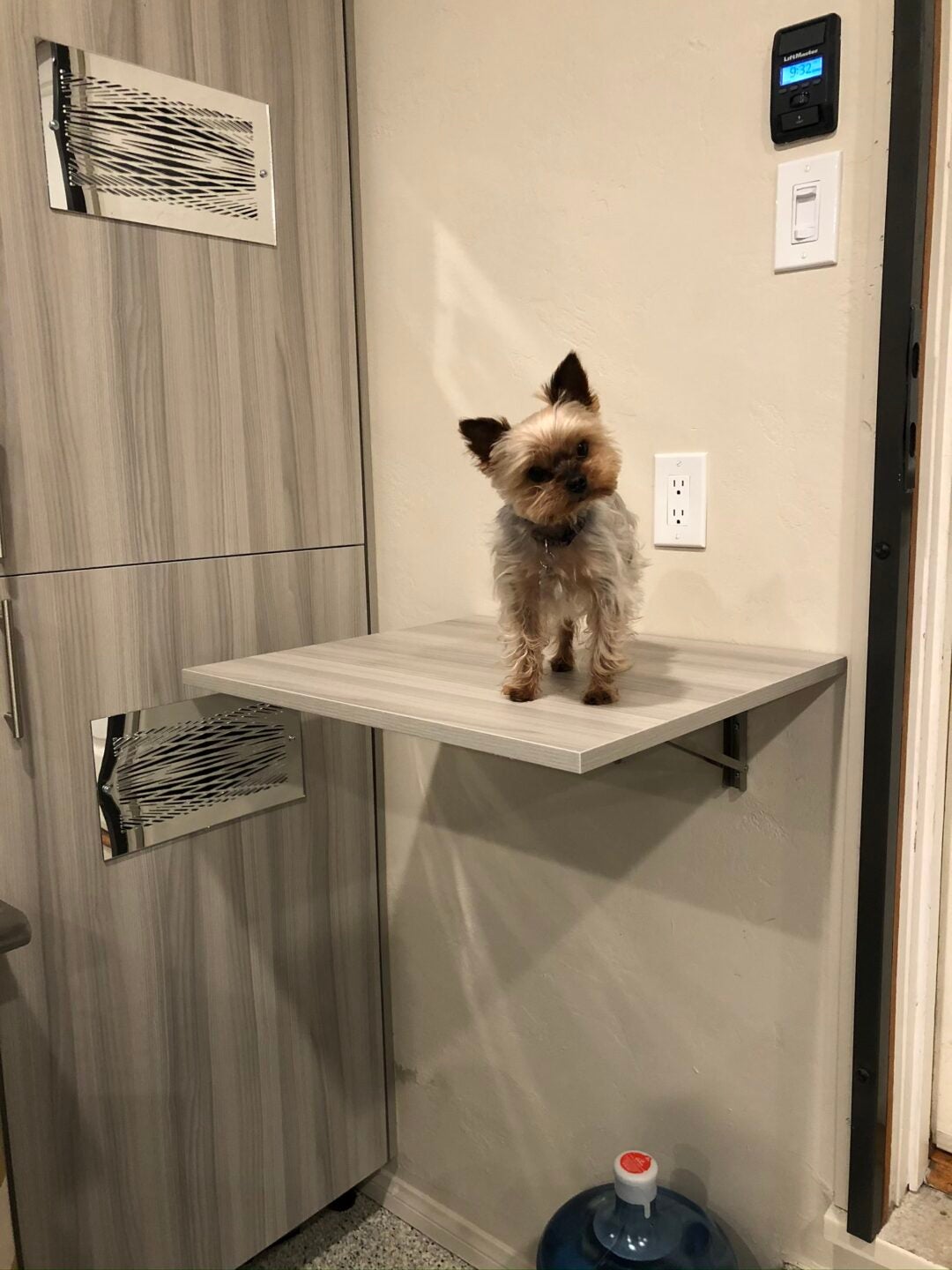
Toby
Thomas Baek.
Mario Kart Character: Yoshi.
Toby.
A homebody.
“Who let the dogs out” – Who Let the Dogs Out by Baha Men.

Spencer
Cindy Lin.
Mario Kart Character: Yoshi.
Spencer.
Floofy, but he’s a quacker.
“You’re my honeybunch, sugarplum” – The Cuppycake Song by Amy Castle.

Mocha
Evelina Bao.
Mario Kart Character: Peach.
Mocha.
He will become real once I have my own home.
“I love to see me in your point of view” – POV by Ariana Grande.

Contact & Visit
Luczak Laboratory
Department of Psychology
Dornsife College of Letters, Arts, and Sciences
3620 McClintock Ave.
SGM 826
Los Angeles, CA 90089
luczaklab@usc.edu

